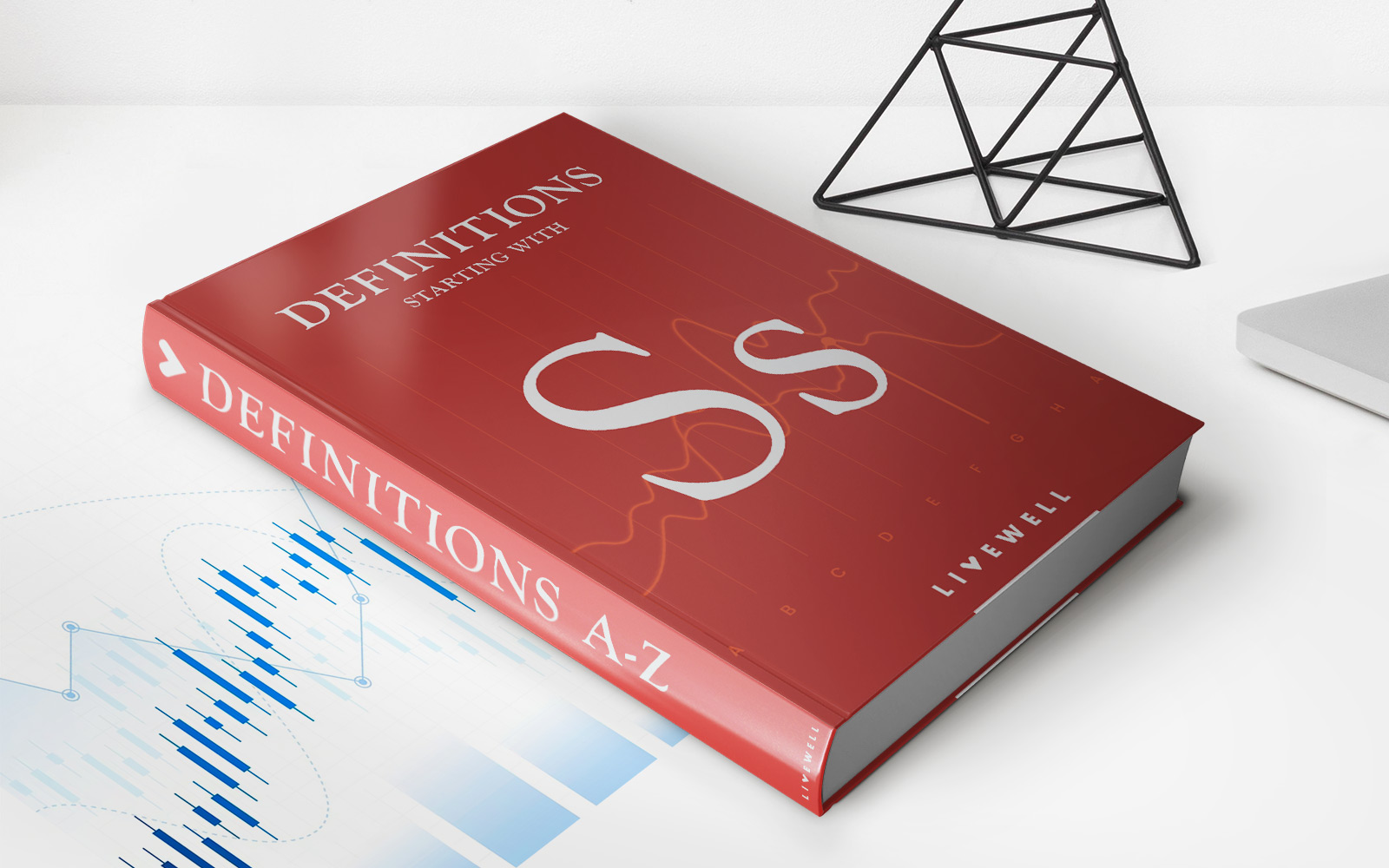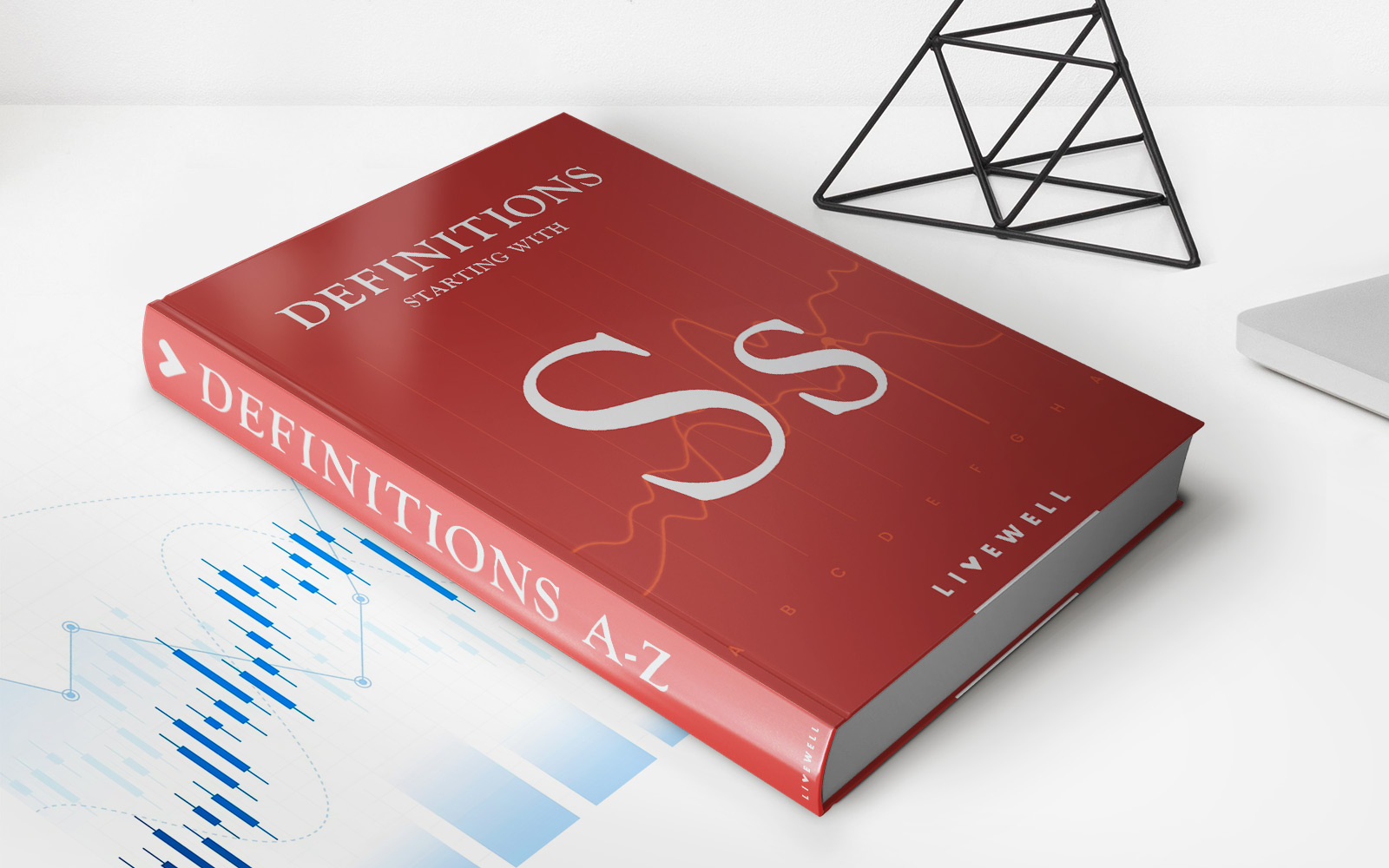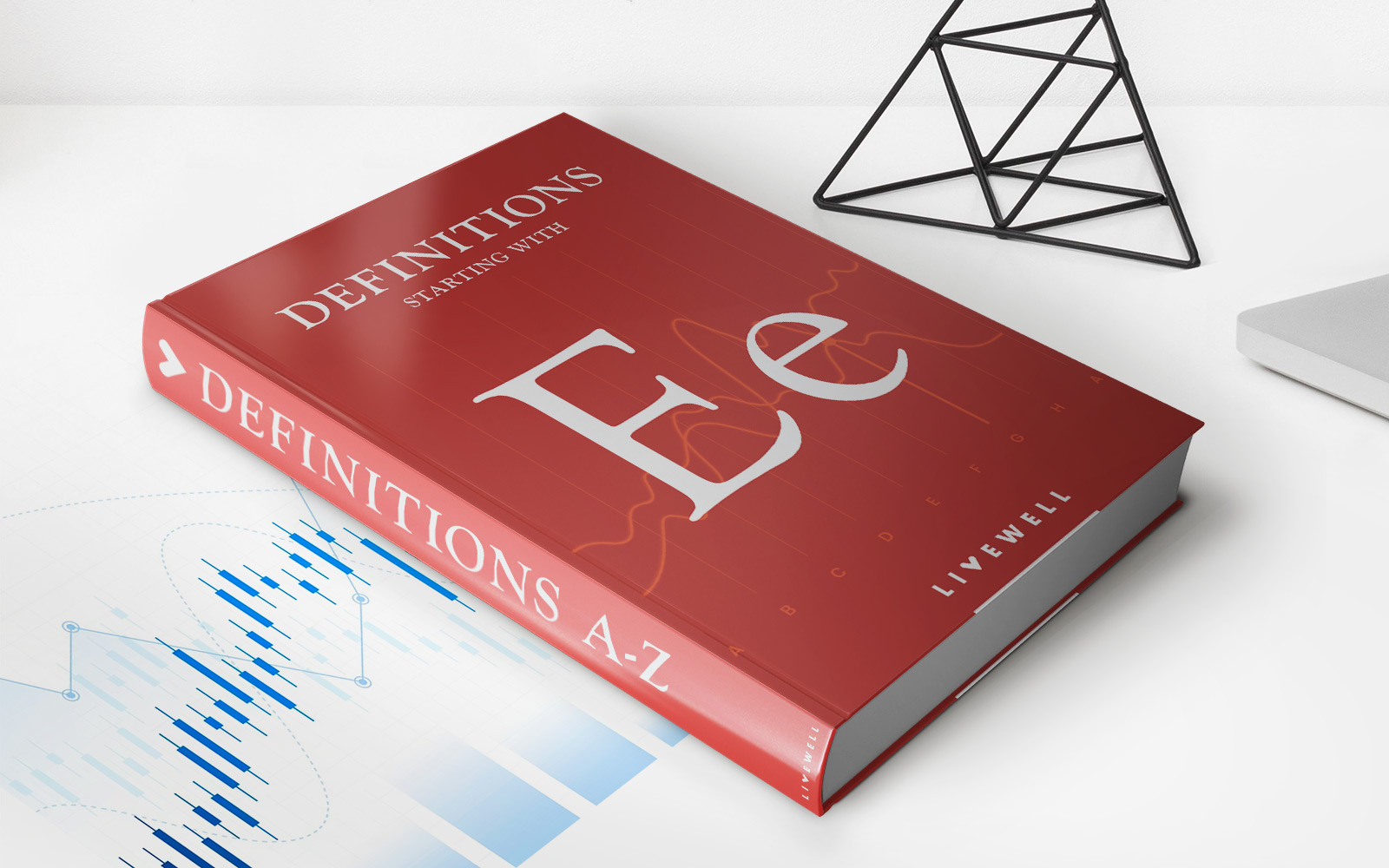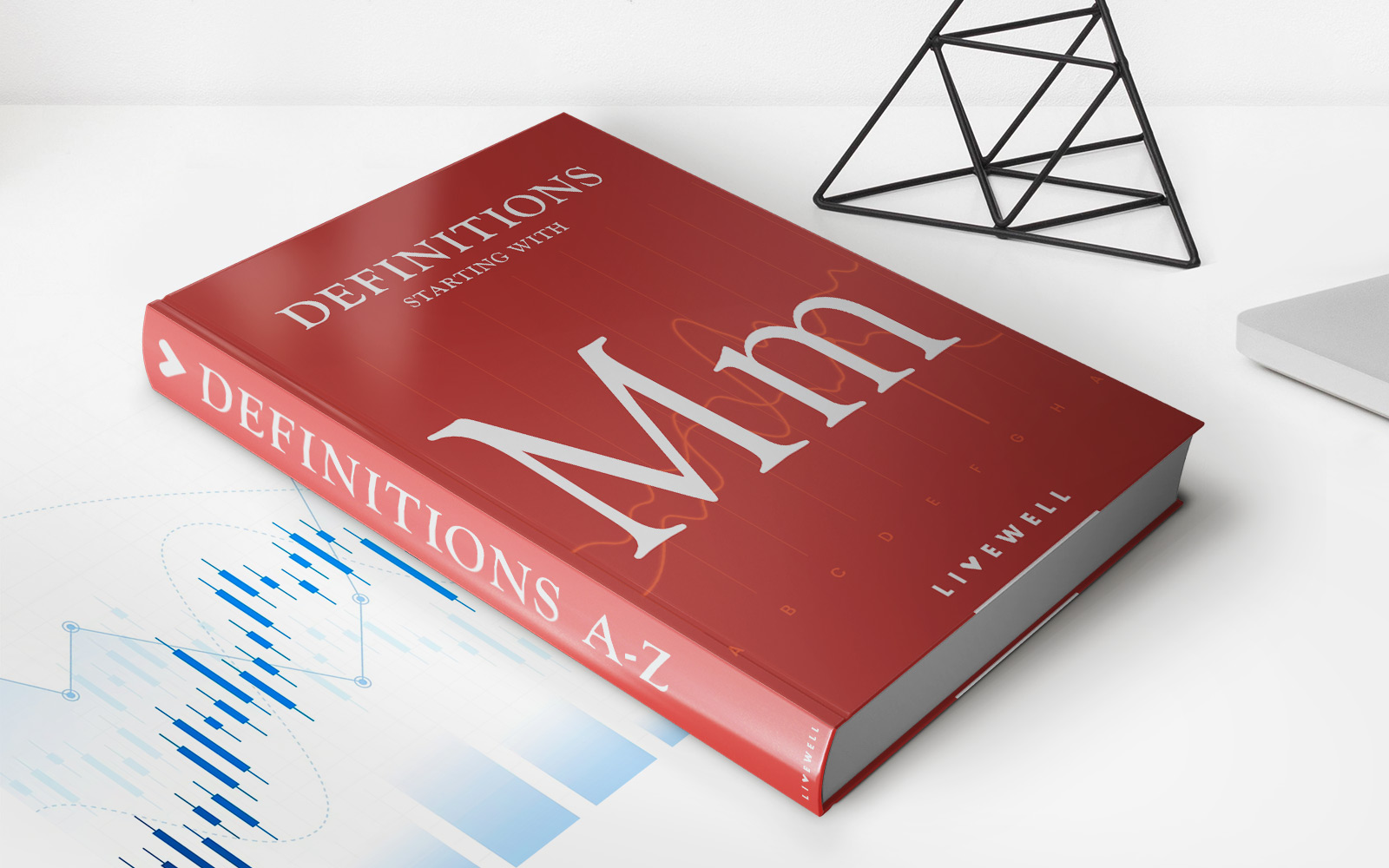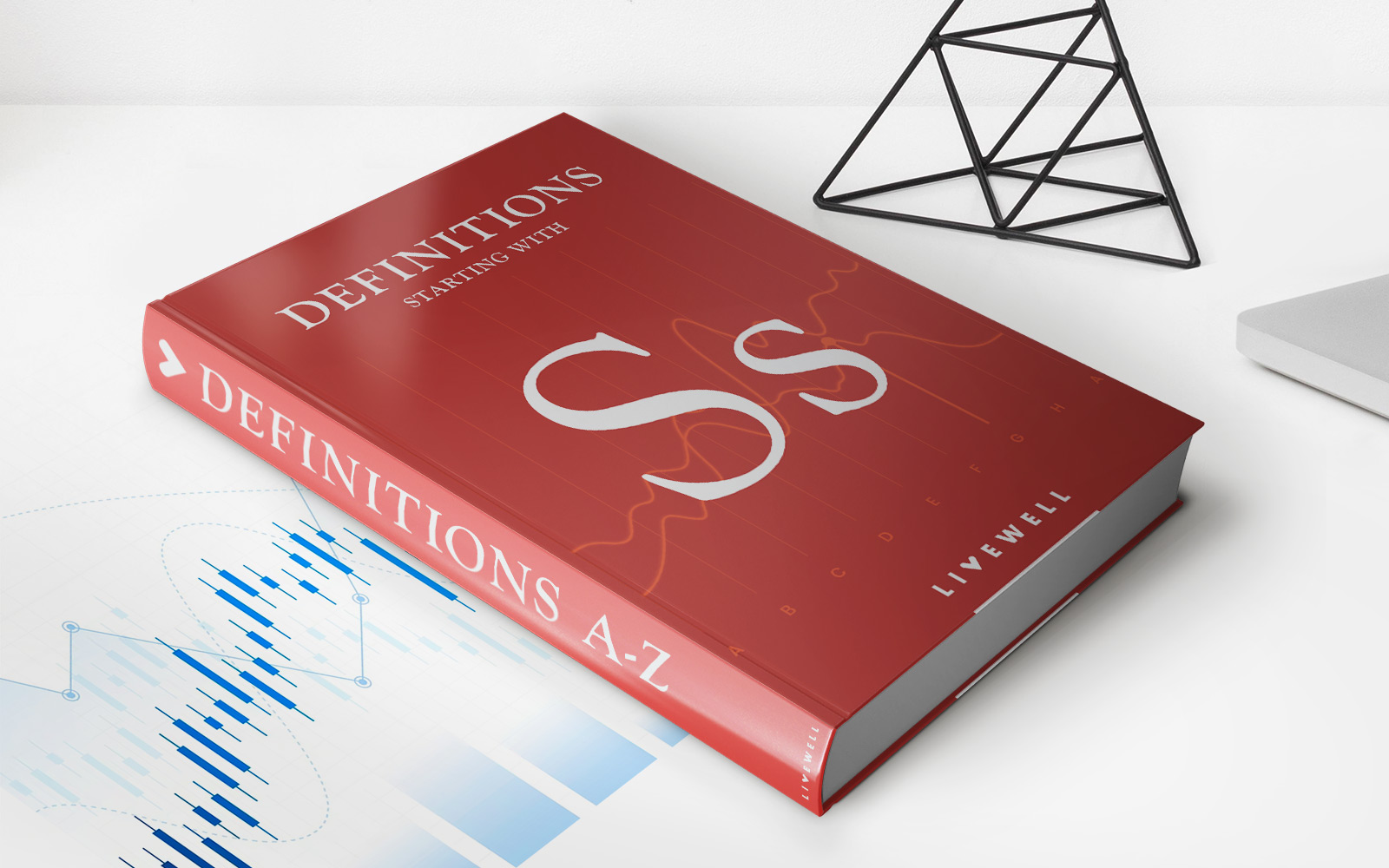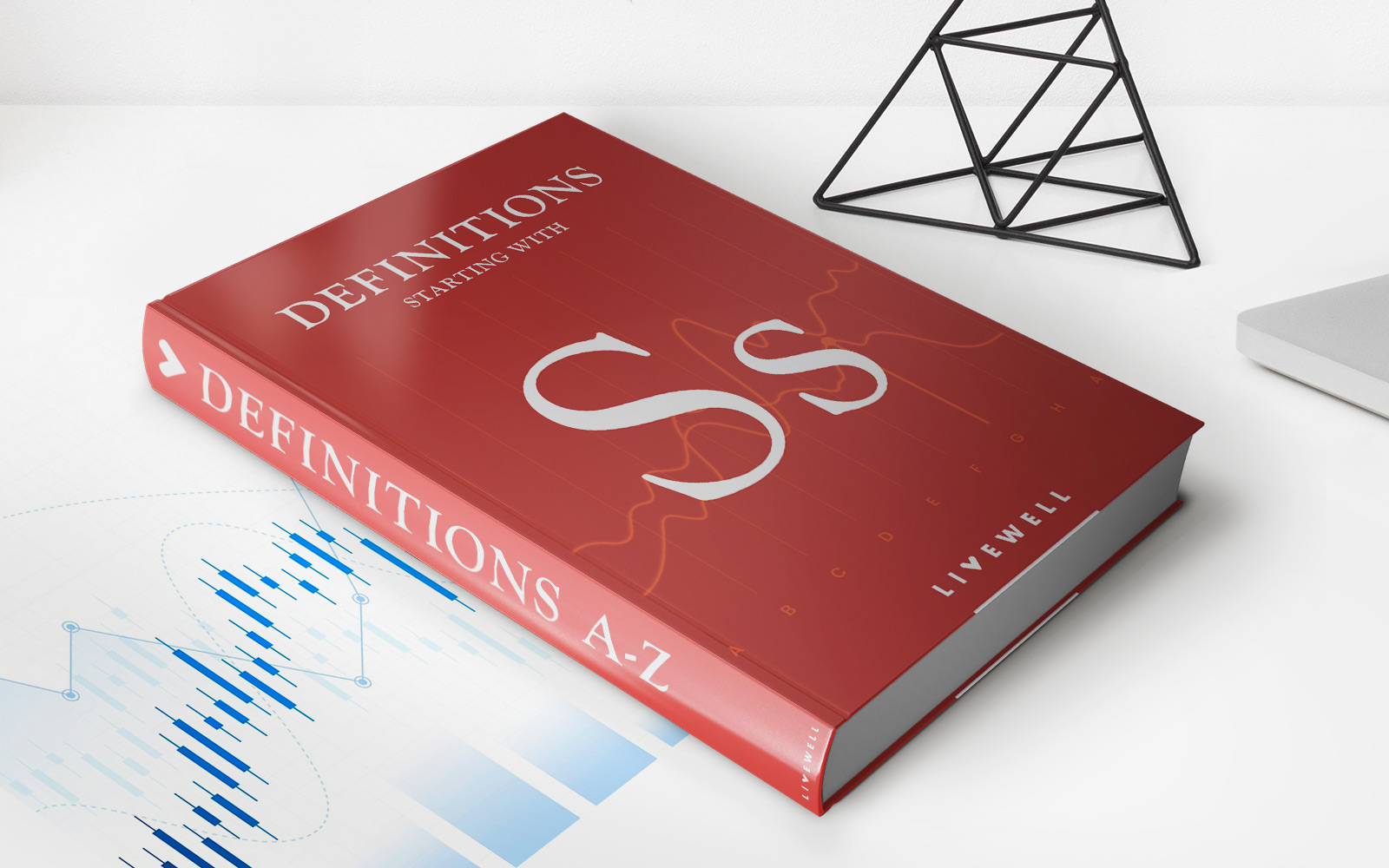

Finance
Schedule 13E-4 Definition
Published: January 23, 2024
Learn the definition of Schedule 13E-4 in finance and how it can impact your investments. Discover the key insights you need to know for informed decision-making.
(Many of the links in this article redirect to a specific reviewed product. Your purchase of these products through affiliate links helps to generate commission for LiveWell, at no extra cost. Learn more)
The Definition of Schedule 13E-4 in Finance
When it comes to navigating the complex world of finance, there are often terms and concepts that can leave even the most experienced individuals scratching their heads. One such term is Schedule 13E-4, which holds a specific meaning in relation to securities transactions. In this blog post, we aim to demystify Schedule 13E-4 and provide a clearer understanding of its significance in the realm of finance.
Key Takeaways:
- Schedule 13E-4 is a report filed with the U.S. Securities and Exchange Commission (SEC) in connection with certain transactions involving the acquisition of publicly traded shares.
- This report is important for investors and market participants as it provides transparency and ensures compliance with regulatory requirements.
Understanding Schedule 13E-4
Schedule 13E-4 is a regulatory filing required by the SEC in certain situations involving securities transactions. It specifically pertains to transactions known as “going private” or “going dark” transactions. These transactions occur when a publicly traded company decides to transition from a public entity to a private one.
So, why is Schedule 13E-4 significant? This filing is an essential piece of the puzzle when it comes to ensuring transparency and fair treatment of investors during the process of going private. It provides regulators, shareholders, and the general public with crucial information regarding the proposed transaction, including the terms of the offer, the motivations behind the decision, and the potential impact on shareholders.
Here are a few key details about Schedule 13E-4 that you should know:
- Filing Requirements: Schedule 13E-4 must be filed by any person or entity seeking to take a publicly traded company private. The filing is necessary regardless of whether the transaction is friendly or hostile.
- Contents of the Filing: The schedule requires detailed information about the proposed transaction, including the price, terms, and conditions of the offer. It also includes information about the individuals or entities involved in the transaction, as well as any potential conflicts of interest.
- Public Disclosure: Once filed, Schedule 13E-4 becomes part of the public record and is accessible to anyone who wants to review it. This ensures transparency and allows stakeholders to make informed decisions.
- Shareholder Rights: Schedule 13E-4 provides shareholders with the opportunity to voice their opinions and concerns about the transaction. It allows them to evaluate the offer and decide whether they want to accept or reject it.
- SEC Review: The SEC reviews Schedule 13E-4 to ensure compliance with regulatory requirements and to protect the interests of shareholders. If any issues or concerns arise, the SEC may request additional information or take other appropriate actions.
It’s important to note that while Schedule 13E-4 is primarily associated with going private transactions, it can also be required in certain other situations, such as when a publicly traded company decides to delist from a stock exchange.
In conclusion, if you’re involved in finance or interested in the world of securities transactions, understanding Schedule 13E-4 is crucial. This regulatory filing ensures transparency, protects shareholder rights, and helps maintain the integrity of the financial markets. So, next time you come across this term, you’ll know exactly what it entails.
